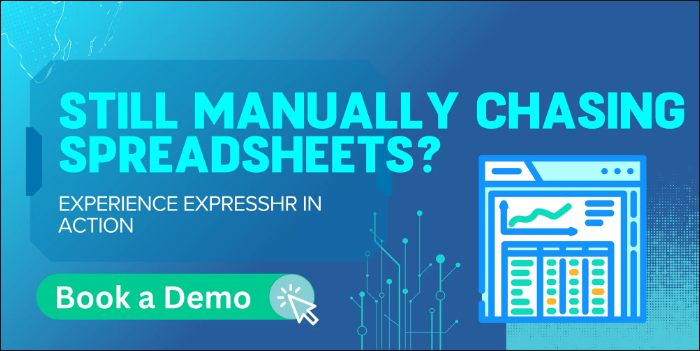VMS vs. MSP: The Right Choice for Your Contingent and Temporary Workforce
For UK businesses grappling with the complexities of a flexible, contingent, and temporary workforce, two terms frequently arise: VMS and MSP. While they are often mentioned in the same breath, they represent fundamentally different approaches to managing your external talent. Understanding the distinction between a Vendor Management System (VMS) and a Managed Service Provider (MSP) is crucial for making the right strategic decision for your organisation.
VMS: The Technology Platform
A VMS is a software solution, a cloud-based platform designed to automate and streamline the procurement and management of a contingent and temporary workforce. Think of a VMS as the "tools" you use to get the job done. It provides a centralised hub for all vendor-related activities, including:
- Order Distribution: Sending job requisitions for both contingent and temporary roles to a pre-approved list of staffing agencies
- Candidate Submissions: A standardised process for agencies to submit candidate profiles
- Time and Expense Management: Tracking hours worked by contractors and temporary staff and processing their invoices
- Reporting and Analytics: Providing real-time data on spend, performance, and compliance.
With a VMS, your business maintains control. Your internal teams—such as HR, procurement, or hiring managers—use the software to directly manage relationships with staffing agencies and individual contractors. This model is ideal for companies with the in-house resources and expertise to run their own contingent and temporary workforce programme.
MSP: The Managed Service
An MSP, on the other hand, is not a piece of technology, but a comprehensive outsourced service. Think of an MSP as the "expert team" you hire to get the job done for you. An MSP provider takes on the end-to-end management of your entire contingent and temporary workforce, handling everything from sourcing and vendor negotiation to onboarding and offboarding. They often use their own VMS (or a third-party VMS) to manage the programme on your behalf.
The key benefit of an MSP is that it removes the administrative burden from your internal teams, allowing them to focus on core business functions. This model is often best for organisations with large, complex contingent and temporary workforces or those that lack the internal resources to manage the process effectively.
The expressHR Advantage: A VMS That Empowers You
So, which is right for your business? If you want to maintain full control, gain real-time visibility, and have the internal capacity to manage the programme, a VMS is the clear choice. This is where a powerful VMS like expressHR can help.
expressHR serves as your central command for vendor management. It automates manual tasks, from contract renewals to invoice processing, saving you time and reducing errors. Its robust analytics, give you data-driven insights into vendor performance, spend, and compliance risks. With expressHR, you get the tools to make smarter, more strategic decisions about your contingent and temporary workforce, without ceding control to a third-party provider. It provides the visibility and efficiency needed to scale your external workforce with confidence, ensuring you stay in the driver's seat.
Subscribe by email
You May Also Like
These Related Stories

Tired of Overpaying? How expressHR's VMS Delivers Controlled Rates and Cost Savings

Stay Out of Trouble: Using a VMS to Master Compliance and Reduce Risk

.png?width=209&height=60&name=ExpressHR%20White%20High%20Res%20(1).png)
.png?width=209&height=60&name=ExpressHR%20logos%20(1).png)


No Comments Yet
Let us know what you think